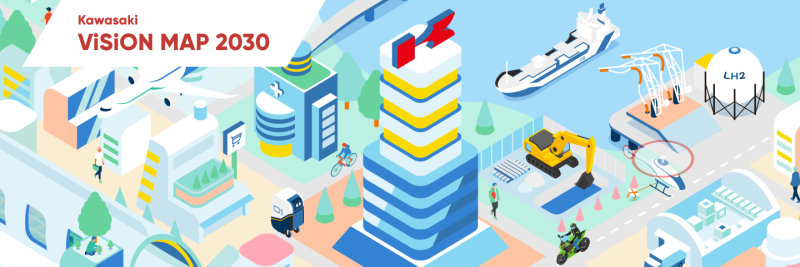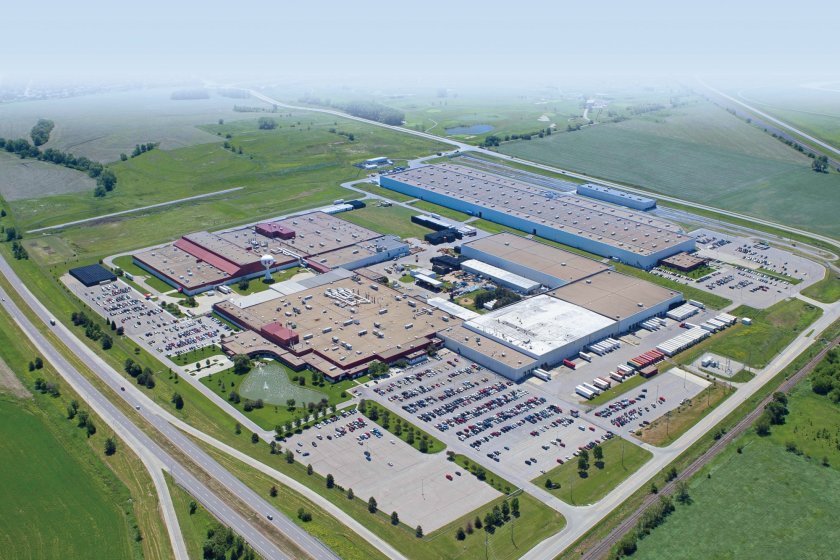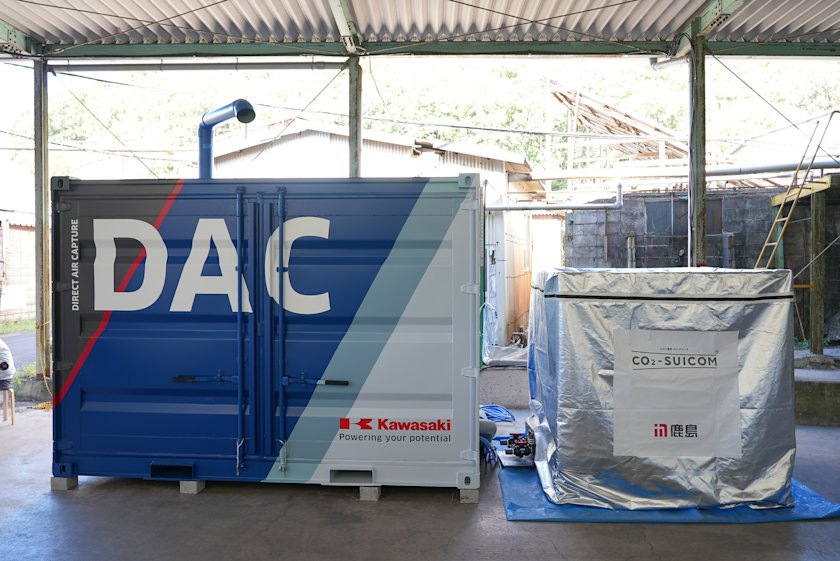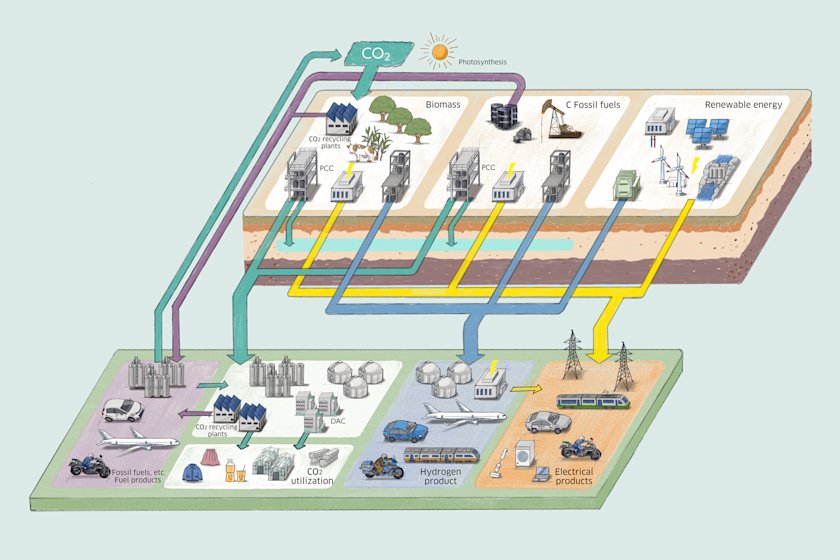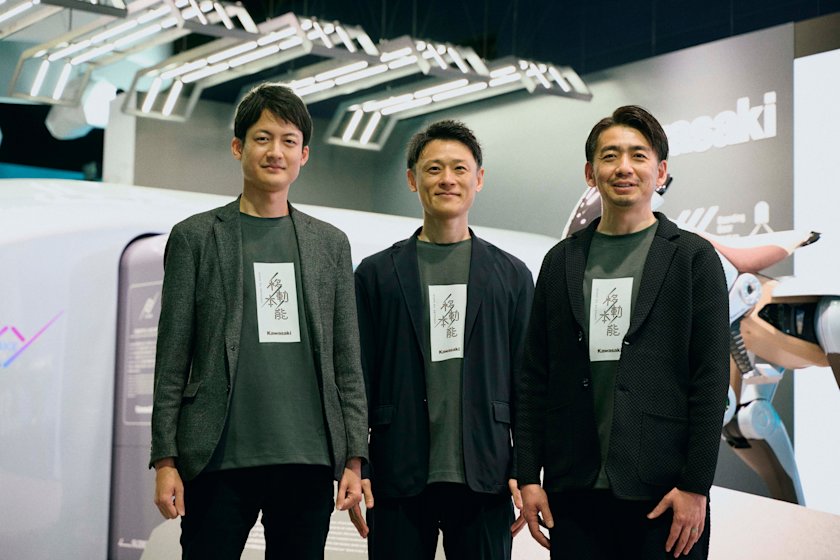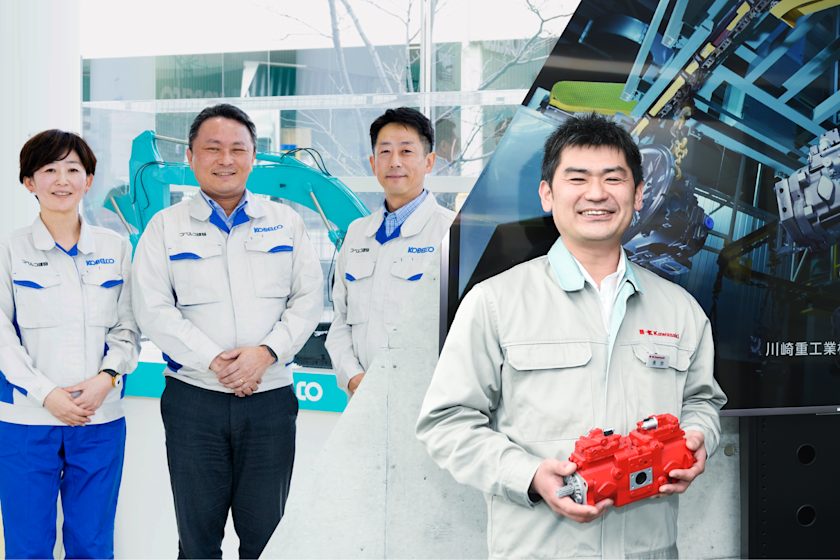Flying humanoids as colleagues? This is not as far-fetched as you may think

Kawasaki created the first domestically-produced industrial robot, and is now developing the humanoid robot, Kaleido. The robot looks human, walks on two legs, and handles manual tasks. Here is the voice of an employee creating a future in which robots and people work together. (This article is a part of Kawasaki ViSiON MAP 2030, which imagines the future of the Kawasaki Group.)

Precision Machinery & Robot Company
Yukizaki joined Kawasaki in 2017. He has been attracted to mobile toys, like robots, since childhood. Participation in joint research on robots with Kawasaki as a student made him choose this career after graduation. Currently, he is involved in the development of the humanoid robot, Kaleido.
Creating robots that truly collaborate with people
Kaleido is a humanoid robot that walks on two legs and is created to work with us. Although you may imagine robots used for industrial purposes in factories or as interactive robots that talk, both types are totally different from people that exist in reality. Our robots look human and can take over manual tasks without need for adjustments. For example, these robots can engage in conversation while doing heavy labor in an elderly care facility and, in the event of a disaster, they can wear the same protective suits as humans during operations. I visualize a future where robots and people work together with no boundaries between assignments, and you do not need to consider this as only done by a human.

What makes robots human is walking on two legs
Right now, our focus is on the realization of locomotion on two legs. The reason for pursuing bipedal locomotion is because humans is the only animal that walks on two legs. We think that the more closely a robot appears to a person, the more likely people will feel like they are one of them. In addition, if robots move like humans, they would be able to do the same jobs as people within the existing social infrastructure. For that purpose, many issues, including devices for smoother motion and problem-solving for body balance, are now being resolved in cooperation with universities and startups.

What people can do will be achieved by robots
In the future, it will become normal to speak to a robot colleague in the workplace. It would be interesting to have a humanoid that can fly in a humanoid shape or run on four wheels. Many challenges remain for the future. However, we believe that what people can do must be achieved by robots. As a young boy, I used to spend time modifying robot toys. Currently, I am as immersed in experimenting with robots with trial-and-error. I will try as many times as needed until I am satisfied with the outcome.

The information contained in the article is current as of December 2022.
"Kawasaki ViSiON MAP 2030" presents the future we want to realize by the year 2030, presented through the voices of Kawasaki staff working towards our vision. We hope you join us to learn about their efforts in social change, and to imagine the future we can achieve together.
